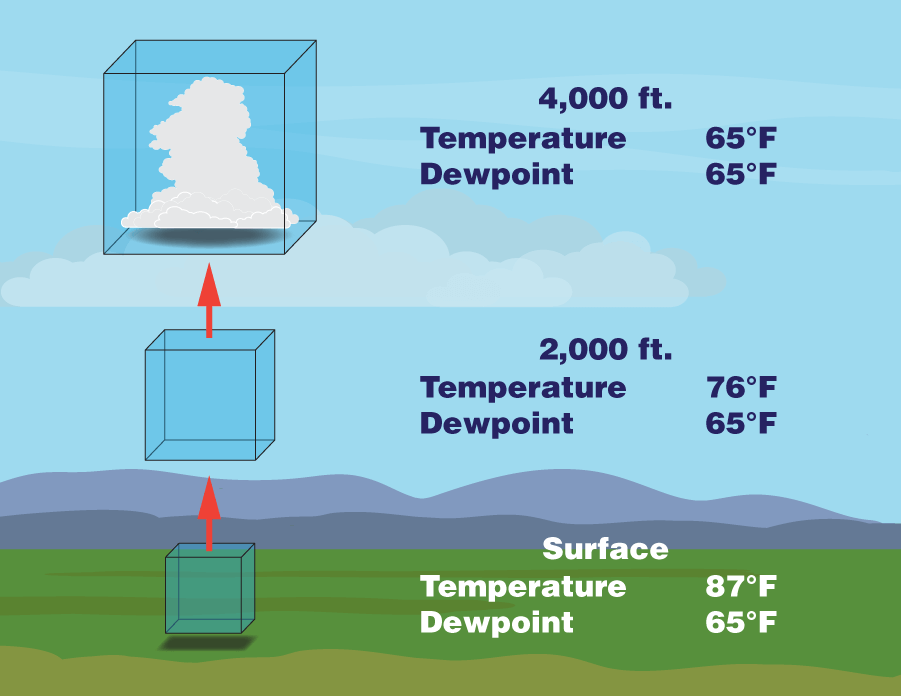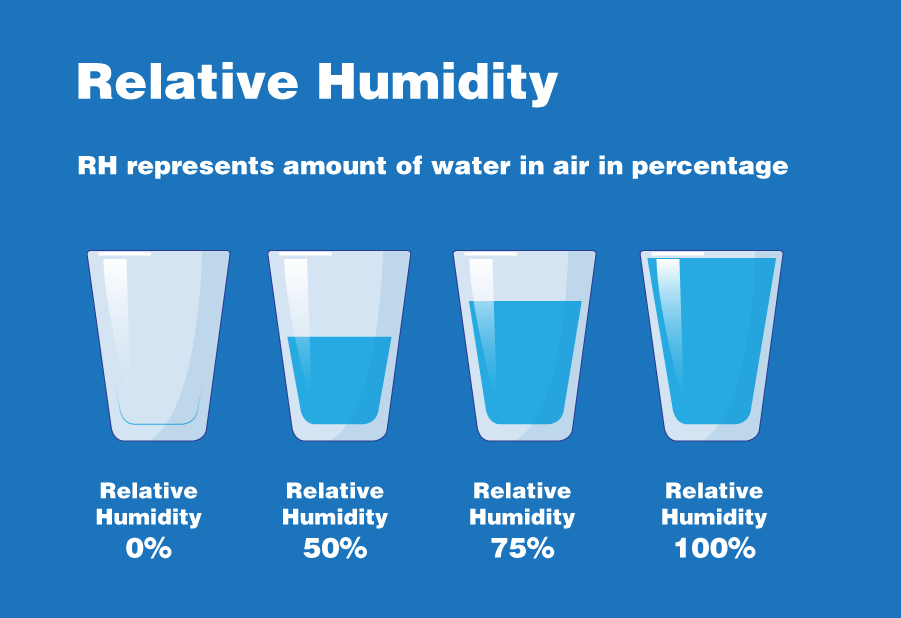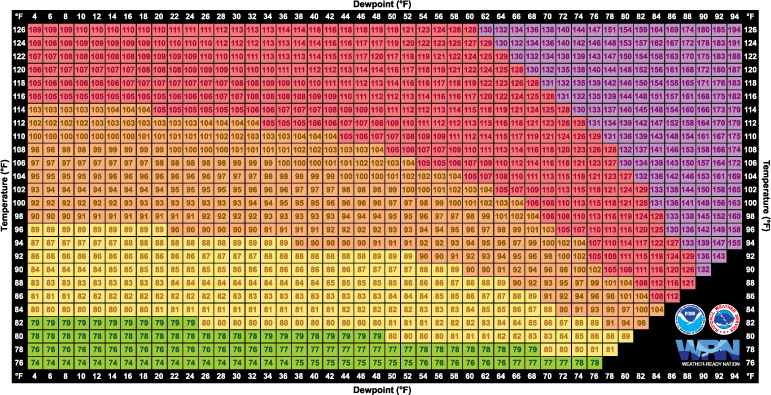Dew points vs relative humidity explained
There are various ways to measure the amount of water vapor in the atmosphere. The amount of moisture a given parcel of air can hold is dependent on the ambient temperature. Higher temperatures mean that the atmosphere can hold more water vapor. One of the most common, and most practical, ways to measure atmospheric moisture is to measure the dew point. The dew point refers to the temperature at which a parcel of air will be fully saturated with water. In other words, it’s the temperature the air needs to be cooled to to achieve a relative humidity of 100%. This can be confusing so it’s best to explain using a kitchen towel.

Imagine the atmosphere as a kitchen towel. There is an ambient amount of moisture already in the towel. Now imagine you spill some water (comparable to an influx of monsoonal moisture) and go to clean it up. The towel will absorb the excess water and if you hold it up, water will not drip out of it. However, if you continue to try and absorb more water, the towel will reach a point where it cannot take in any more water, and if you hold it up, water will drip out of the bottom. This point, the limit of how much water can be held by the towel, is known as the dew point.

Relative humidity, on the other hand, represents the amount of moisture currently held by the towel based on how much water it could possibly hold (the dew point). Let’s look at an example. Say the relative humidity is 15% on two days. Day 1 has a dew point of 60° and day 2 has a dew point of 30°. 15% of 60 is greater than 15% of 30. Thus, the amount of moisture present in the air will be greater on day 1 than day 2, even though both days have the same relative humidity value. This is why relative humidity is often not the best way to measure moisture content.

Why are dew points important? Aside from messing up your hair, the amount of moisture present in the atmosphere can have a variety of impacts on our day-to-day lives. More moisture in the air can lead to it feeling hotter outside than it really is. As well, evaporative coolers begin to have issues in dew points greater than 50°F. Finally, it is on days with higher dew points that we will see higher chances for storm development.

Have you downloaded the 'KESQ First Alert' app yet? It's FREE! Click here
